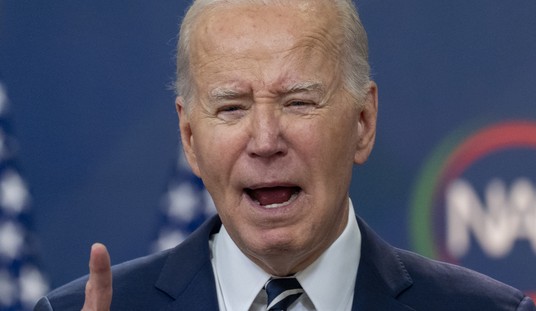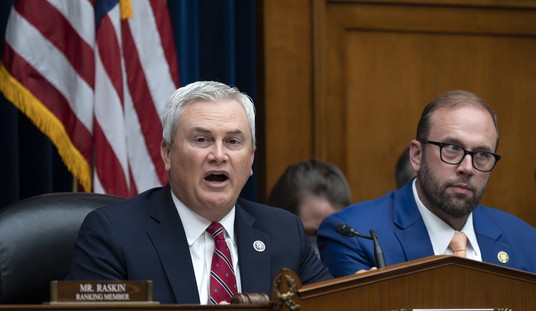Watching the reaction of some union members you would have thought a mass murder had occurred in the state of Michigan. But what simply happened was a law was changed that exists in 23 others states and may soon be enacted in others. Right-to-work laws makes sense and it is as clear as the sky on a cloudless summer day.
The unions are particularly outraged about the turn of events in Michigan because they had just attempted a power play of their own during the November 6th election. They tried to ensconce in the state constitution their right to collective bargaining and cleanse all state laws of any restrictions on those rights. That attempt failed miserably. This turn of events that makes Michigan the 24th state with a right- to-work law totally irks the Union Establishment.
But what is the truth about the unions’ claims of Armageddon for the worker? One assumes that unions have the right to exist in America because that has been the case since 1935 with the passing of the Wagner Act. But it is the way they exist that has been brought into question. The fact is they have brought this matter upon themselves.
Anyone who claims that unions did not improve the lot of the worker is a blind ideologue. The problem rests with how unions and their leaders have used their goodwill with the people to destroy their image due to their strong-arming of the public, and, more specifically, the companies that they had unionized. The downfall of the Big Three auto companies can be laid at the feet of management, but their labor partners were just as complicit.
Recommended
The unions lost sight of who they represent. That is because there is not one union member of the United Auto Workers that has ever voted for the union. They came to work at Ford or GM and were told you will be a union member. You are told you will have dues taken directly out of your paycheck and you will follow the work rules established for your position. If the unions actually had a reauthorization vote every two years, they might actually have to be in touch with their current membership, but that was not part of their vision of operation. Unions felt that once authorized, they have an endless existence. Of course, except in the case of Hostess where they drove them out of business.
Here is another important fact about right-to-work laws -- there is nothing stopping unions from negotiating only for their members. That means if someone opts out of paying the union dues, they could be told by the union that the contract we are negotiating for is exclusively for union members and you are on your own. The National Labor Relations Act gives unions the right to exclusively negotiate, but they would rather scream about freeloaders because they are afraid their power will be diminished if there is any competition in the workplace.
All of the states with the lowest unemployment rates are right-to-work states. North Dakota, South Dakota, Utah, Iowa, Wyoming and Nebraska have the lowest unemployment rates and all give employees the right to choose. The 24 states that are right-to-work fairly much align with the states that are run by Republicans (see December 3rd column). It is also where companies are moving to in droves. 5 million people relocated from union-controlled states to right-to-work states in the past decade.
Unions argue that they create a better living for the worker. They argue that wages are higher within their domain. They are correct. The Bureau of Labor Statistics says that in union controlled states, the average annual wage is $49,495 as opposed to $42,465 in right-to-work states. But that is a mirage. The cost of living and taxes are much higher in the unionized states. Ask yourself would you rather have $49,495 in high-tax/high-cost-of-living states like New York, Connecticut and California, or $42,465 is low-tax, low-cost-of-living states like Kansas, Texas or Florida? It is fair to say that the extra money evaporates in the unionized states. And if you are not in a union in a unionized state, you are at a distinct financial disadvantage. Additionally eight of the ten states with the highest growth rate for personal income are right-to-work states. The brightest future lies in the right-to-work states.
Michigan made this move because they saw the handwriting on the wall. The state is a disaster zone and only beginning to get better. The model state in the old rust belt is Indiana, which became a Republican controlled state years ago and right-to-work in 2010. In the past year Indiana added 43,300 jobs and Michigan lost 4,200. Can Ohio, Wisconsin and Pennsylvania be far behind to stem the flow of people and jobs from their states?
Yet, the real problem is not the private industry unions. It is the public employee unions. Next week we will address that issue.

























Join the conversation as a VIP Member